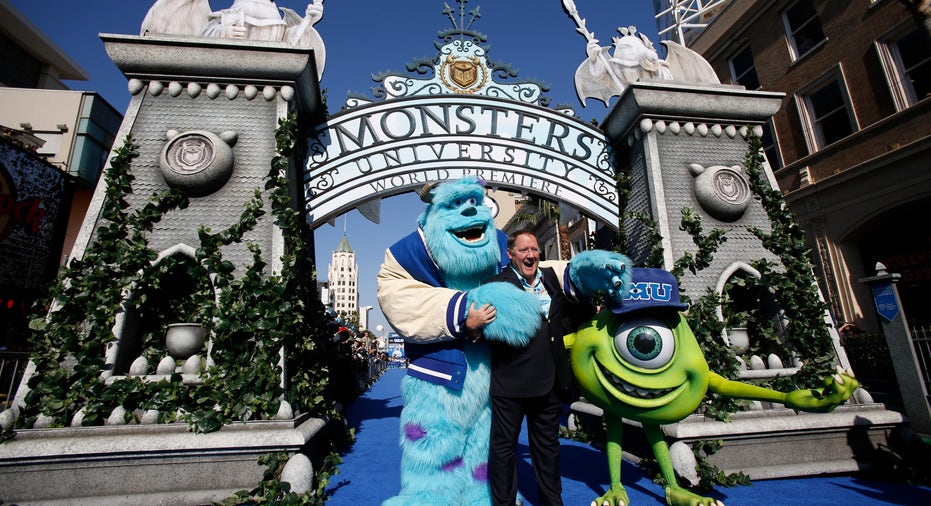Lessons from Pixar for Improving Collaboration

Getting team members to work together effectively can be easier said than done.
When it comes to creating an office that encourages collaboration, management consultant James M. Kerr, author of “The Executive Checklist: A Guide for Setting Direction and Managing Change,” says it’s all about making deliberate choices.
Kerr shares some of the top tips from Pixar and video-game company Valve Corporations for building outstanding teams.
No. 1: Think about your office.
Kerr says leaders at Pixar, including Steve Jobs, were keenly attuned to the way that employees interact with each other in the office. Before doing anything, take a look at the way your employees move around the office and interact. Do people head from the door to their cubicles, without stopping to chat? If so, your office is missing out on valuable interactions that could lead to better teamwork.
No. 2: Get people to mingle.
At Pixar, offices were designed with the purpose of getting staffers to talk to each other.
“There was a central atrium where people could come together,” says Kerr, “and they moved restrooms off to the side of the floors, so people had to walk through work areas to get there.”
Creating more movement in the office and getting people to bump into each other, says Kerr, can be an important step in improving communication.
No. 3: Put desks on wheels.
By making desks mobile, Kerr says Valve Corporation was able to move different people together so they could easily collaborate on projects.
“They weren’t bound by cubicle design … You could freely move people around the office,” says Kerr.
No. 4: Get rid of the organization chart.
Larger businesses often have rigid hierarchies, where it’s clear who reports to whom. Kerr says this can actually hurt teamwork among peers, as staffers strive only to impress their higher-ups.
At Valve, Kerr says employees gave their co-workers grades on projects, which were then used when evaluating individual bonuses and promotional opportunities. By instituting this policy, where peers rated each other, Kerr says Valve was able to create an environment where staffers strove to impress the people working with them at every step along the way.